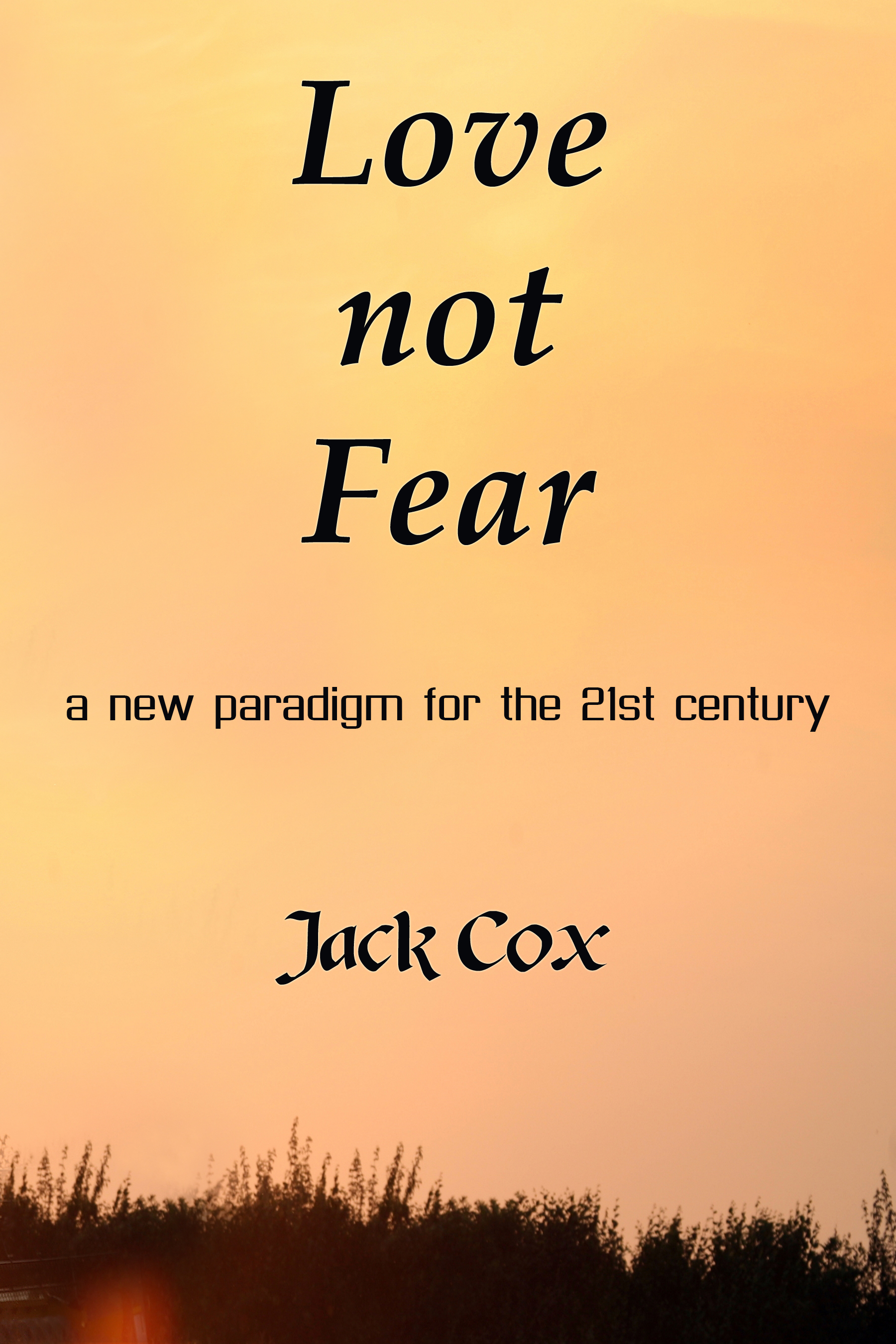Pope Julius I chose to celebrate the birth of Jesus during the existing Roman holiday of Saturnalia, "birthday of the unconquered sun" (December 17th - 25th). It made sense to piggyback Jesus's birthday onto the Winter Solstice because both gave renewed hope to the world.
Of course there may also have been a more devious motive of trying to make Jesus acceptable to the Pagans but I think it went deeper than that. Today Christianity is one of the world’s most popular religions but back in the 4th century it was less well known. I may be wrong but I think Pope Julius I was trying to establish Jesus into a long line of sun gods, like Osiris and Apollo, also celebrated on the Winter Solstice and who the Pagans would have been familiar with.
The Winter Solstice is a time of hope, of rebirth, when the sun's power is at its weakest and is beginning to grown in strength again. The birth of Jesus also brought hope to the world as did the birth of Mabon as Modron (son of the mother) in Celtic tradition. This is another winter solstice celebration still popular today in Wales and elsewhere.
The Christmas tree evolved out of the Yule log in Norse tradition to bring good luck. Yule is the name of the Winter Solstice in the Scandinavia languages as well as in other parts of northern Europe including Germany.
The Yule Log was originally an entire tree. It was chosen very carefully and brought into the house with great ceremony. The largest end of the log would be placed into the hearth while the rest of the tree was left sticking out into the room. The log would be lit from the remains of the previous year's log so as to symbolise continuity. Clearly here we are talking about the great feasting halls of very important people. Poorer folk would have made do with log, as they still do today.
The Romans did something similar. On the eve of the Midwinter Solstice, Roman priests would cut down a pine tree, decorate it and carry it ceremonially to the temple. People would decorate their homes with boughs of evergreen trees and shrubs. Pines were revered as symbols of rebirth and life in the depth of winter.
It's important to remember that the winter solstice is a living tradition very much alive in our modern world. There are still thriving Pagan communities everywhere who still celebrate the changing seasons in the traditional ways.
The Yule Wreath
comes from southern Europe. The Etruscan people from the area just north of Rome and who thrived during the 6th century BCE made jewelry of gold or other precious metals in the shape of a wreath. Symbols from Greek myths often appear in the designs too. Etruscan jewelry included ivy, oak, olive leaves, myrtle, laurel, wheat and vines.
The problem with archeology of course is that these precious metal artifacts survive whereas the wreaths made by the country people, wreaths of real ivy, oak, olive leaves, myrtle, laurel, wheat and vines, do not. Nevertheless it is these wreaths of natural materials that are still made today. The circular shape represents both the wheel of the year and the eternal cycle of death and rebirth. Remember that the winter solstice is the time of year when the sun dies and is reborn though in Christian tradition that theme is played out at Easter, the time of the rites of spring.
Evergreen vegitation represent everlasting life and are traditionally hung around doorways and windows.
Mistletoe is sacred to Druids who consider it to be a plant of healing and protection. It is carefully cut, traditionally with a golden sickle. It must never touch the ground because it's magical properties are believed to be connected to the fact that it lives between the worlds, between earth and sky. The white berries of mistletoe represent the fertile white semen of the life-giving male, which is where the tradition of kissing under the mistletoe comes from.
Holly is a particularly powerful evergreen plant for protection. Indeed the words "holly" and "holy" are etymologically linked and newborn babies used to be sprinkled with 'holly water', water in which holly had been soaked. Holly is sacred to Holle, the Germanic underworld goddess, and symbolises everlasting life, goodwill and potent life energy. Its red berries represent feminine blood. Together mistletoe and holly represent the hieros gamos or Sacred Marriage at this time of year with the rebirth of the Sun/Son.
Ivy is an evergreen symbol of immortality and resurrection. It reminds us of reincarnation and rebirth by the way it grows in a spiral. In the Egyptian tradition Ivy is sacred to Osiris, where his death and resurrection is a central theme. To the Greeks, ivy is sacred to Dionysus, god of vegetation and the Return of Springtime. This is also true in the Roman tradition where Dionysus is called Bacchus.
Yew is the tree of regeneration and rebirth. It sends up new trees from its roots and grows to a very great age. It is deeply connected with the spirit realms and the ancestors.
Gift giving is another very ancient tradition at this time of year. Whether you consider this to be the birthday of the Sun or the Son, what better way can there be to give thanks than to show generosity? Gift giving of course is closely associated with the character of Santa Claus or Father Christmas. This jolly old man with a long white beard has evolved through many incarnations. Most people in the west know about a generous monk named St. Nicholas, patron saint of children, who was born sometime around 280 CE in Patara, in modern-day Turkey. But the story can be traced much further back than that.
In Norse mythology the sun, Sol, is pulled across the sky in a flaming chariot by two horses, Árvakr and Alsviðr. Some stories also include the god Odin.
In Persian and Phrygian mythology, the gods Mithras and Attis pull the sun's chariot. In Greek mythology it is Apollo.
It is not difficult to see how stories of a chariot, being pulled across the sky, bearing the greatest gifts of all, heat and light, could evolve into a story of a man, traveling in a sleigh across the sky bearing gifts at the time of the annual rebirth of the sun. Without the sun we would all perish. It's precious gift is life itself. This is of course a metaphor for the sun’s passage across the sky which ties in with Yule being a sun festival.
Before moving on I just want to say a few words about myth and mythology. I don't want to get too political in this article but I must just say that the word 'myth' was probably the first victim of Orwellian Newspeak. George Orwell wrote about the way language is being redefined and words are given new, false meanings that support a certain political agenda. An example of this is the way words like 'liberal' are being used to describe those who would tell others what they are, or are not, allowed to do, say or think.
There has been a systematic effort in recent centuries to try and discredit mythology, to paint it as stories told by uneducated, primitive people, who didn't know the things we know today, to try to explain things they couldn't possibly understand. Today the word 'myth' is used as a synonym for 'falsehood' but that is not what it means. A myth is like a parable. Myths are beautiful stores that contain great truths for those who make the effort to dig deeply into them. We ignore or play down these ancient stories at our peril.
The Christian Church has tried to discredit Pagan peoples with a concerted campaign of misinformation about them. Instead of looking for the common threads that could unite Christians and Pagans, they sought only for the differences they could use to create division. Fortunately this is now beginning to change and this article is one attempt at pointing out the common threads. Christmas / Yule should be a time of love and of unification. The truth weill set us free.
So when was Jesus actually born? We don't know for certain as it wasn't recorded but there are clues such as shepherds watching over their flocks. Would the flocks have still been out on the hills in December or would they have been brought in for the winter? Consider also that we are told that Mary and Joseph were travelling to Bethlehem for the Roman census. Would this have occurred in the winter?
Indeed we can't even be sure which year Jesus was born in, let alone which month. The gospels place the baby Jesus during the reign of King Herod 1, also known as Herod the Great.
Herod was a Roman client king of Judea, who was born in 72 BCE and died in 4 BCE. So according to that marker Jesus must have been born sometime during 4 or 5 BCE.
But then we have another gospel story that places the birth during the Roman Census of Quirinius which occurred in 6 CE.
Clearly both accounts cannot be true and the closest we can get is to say that Jesus was born sometime between 5 BCE and 6 CE.
So yes it made perfect sense, then as now, to celebrate the birth of the bringer of light and hope for the world at the winter solstice when people were already giving thanks for the return of the newborn sun.
So to those of you who say that Christianity has no place in Yule celebrations or that Paganism has no place at Christmas let me say that, as far as I'm concerned, everyone of good heart is welcome at the table. The songs we sing may be different but our tunes are not that far appart and all tolerant paths lead to enlightenment.







